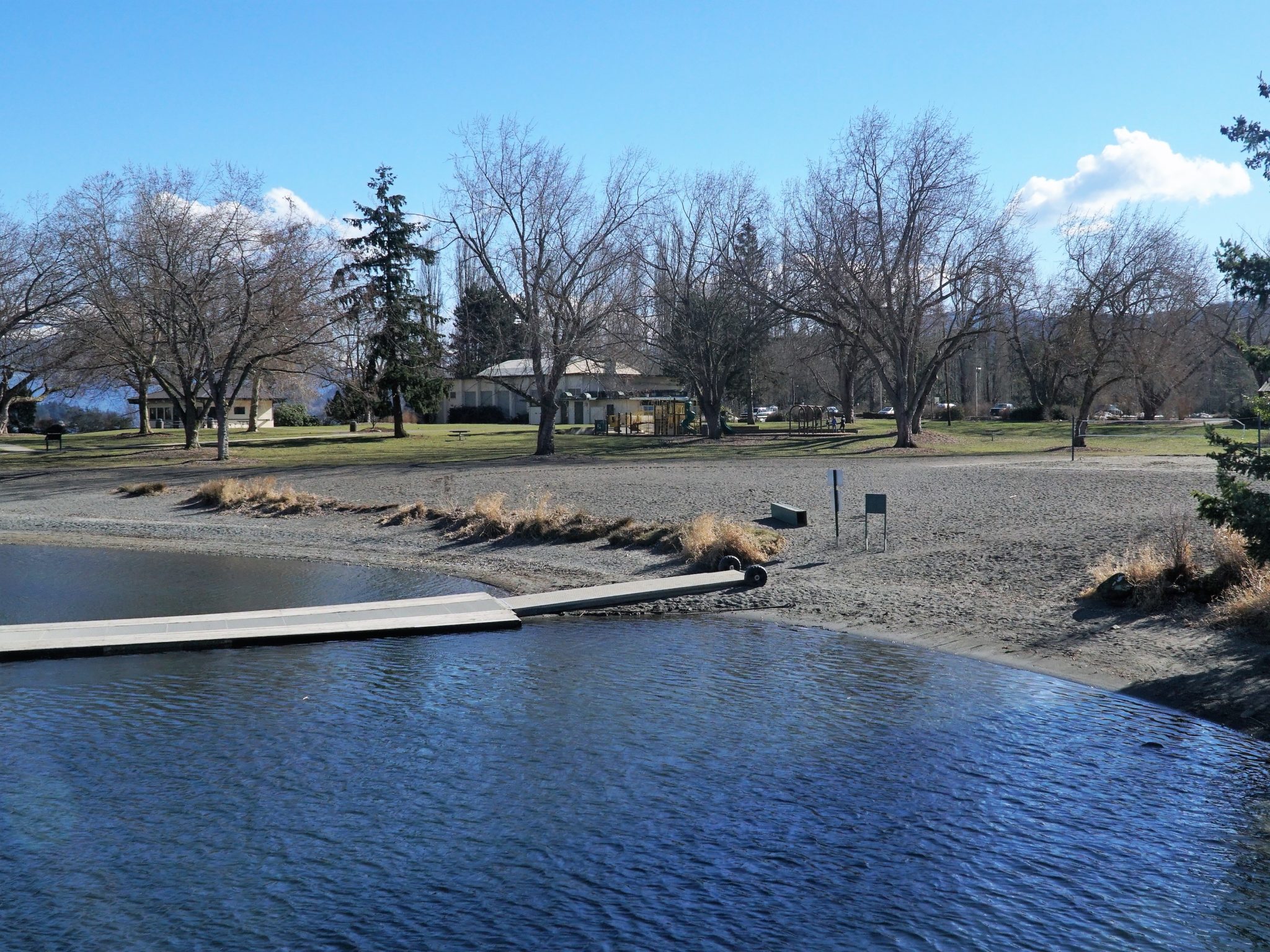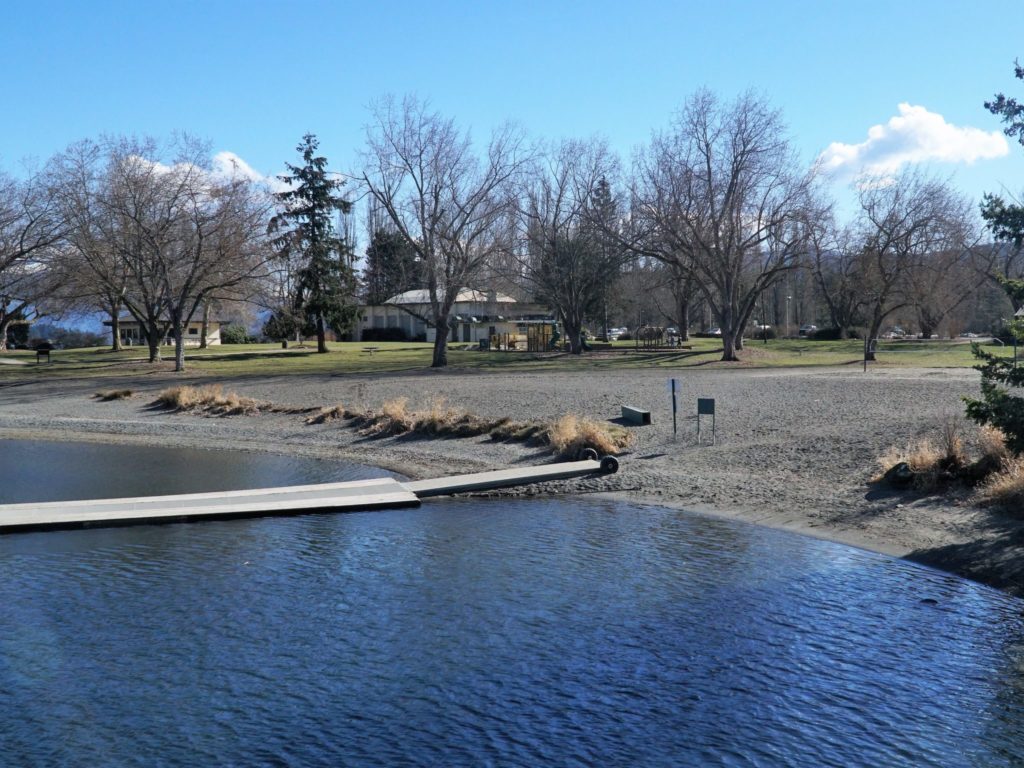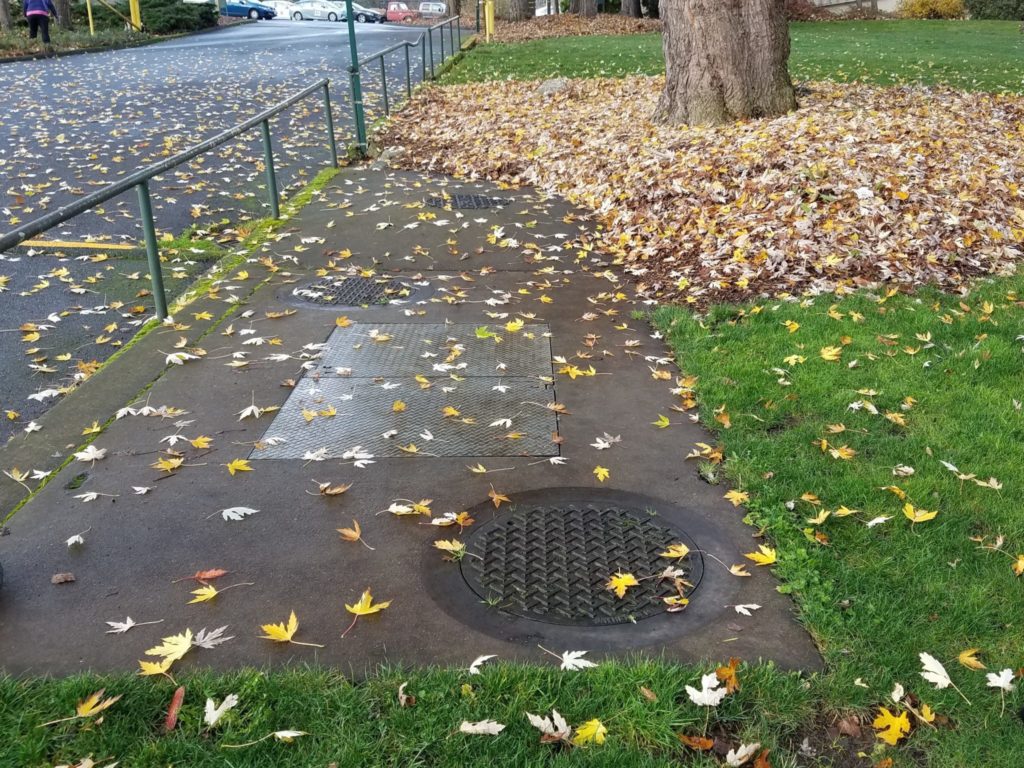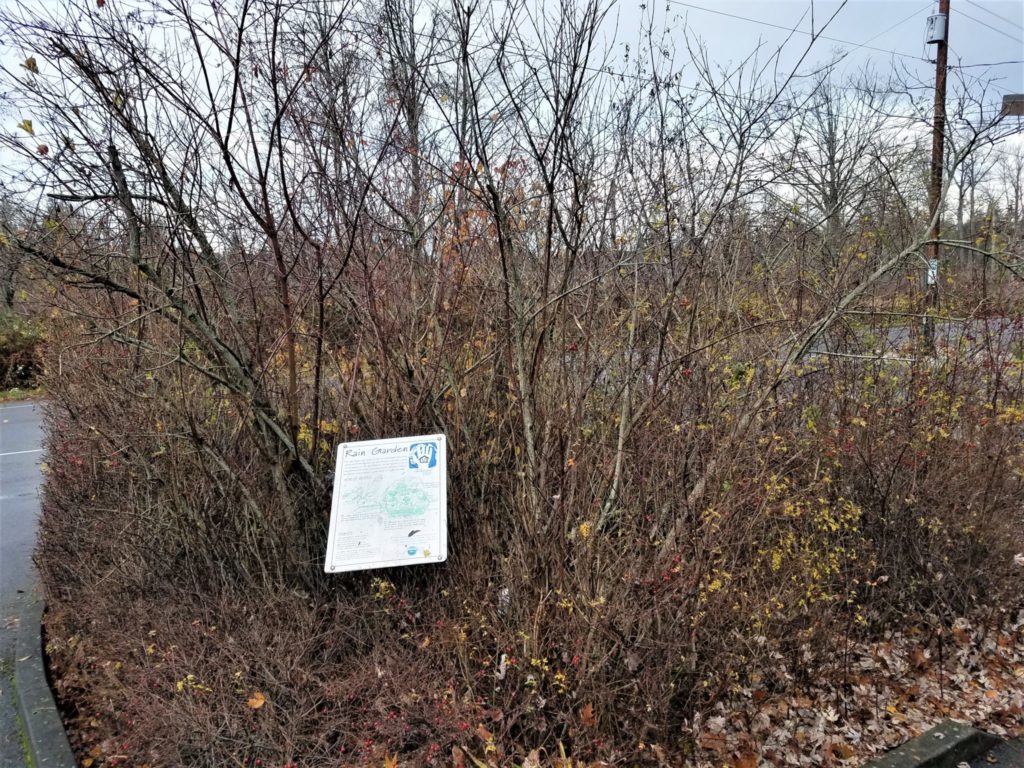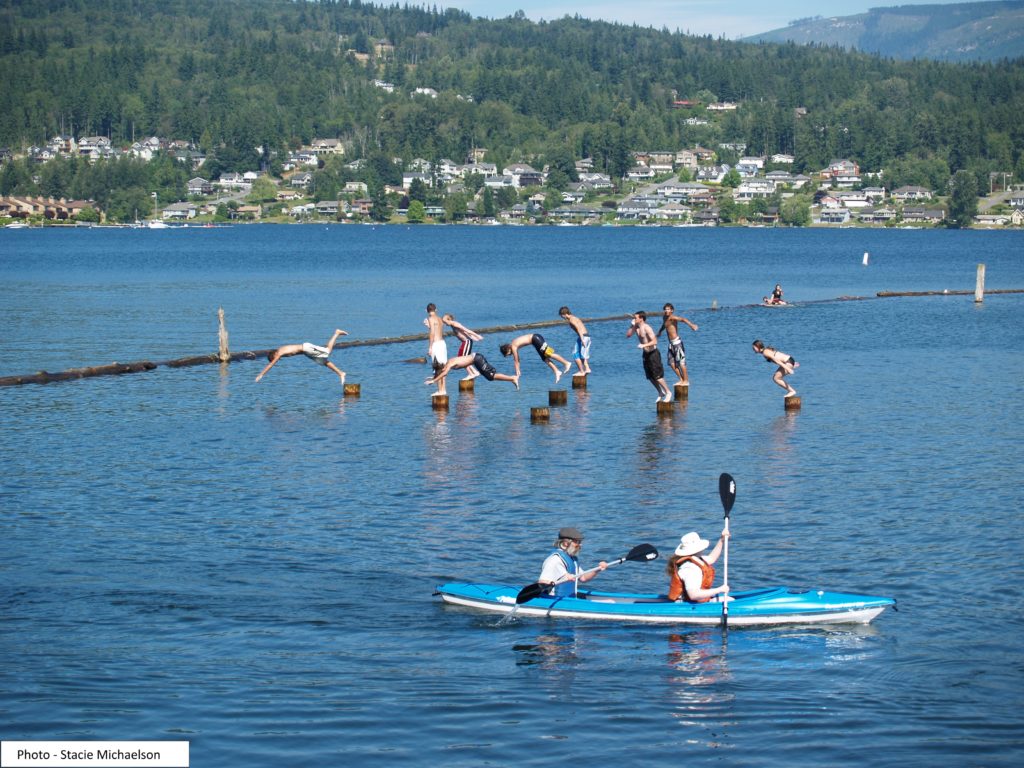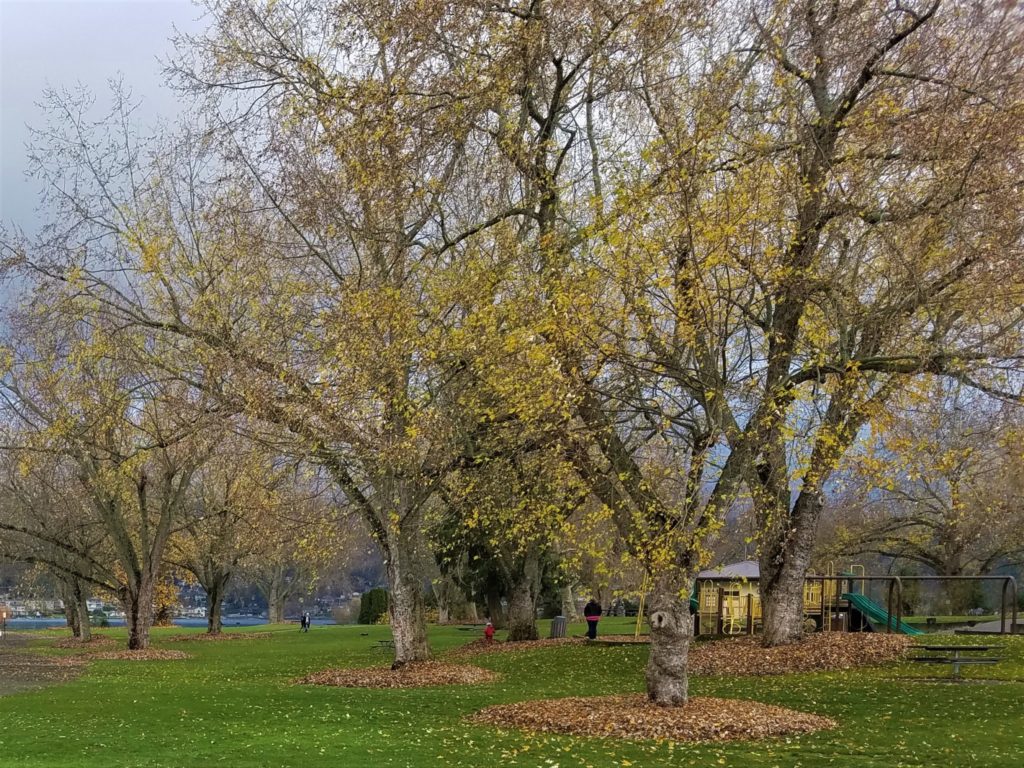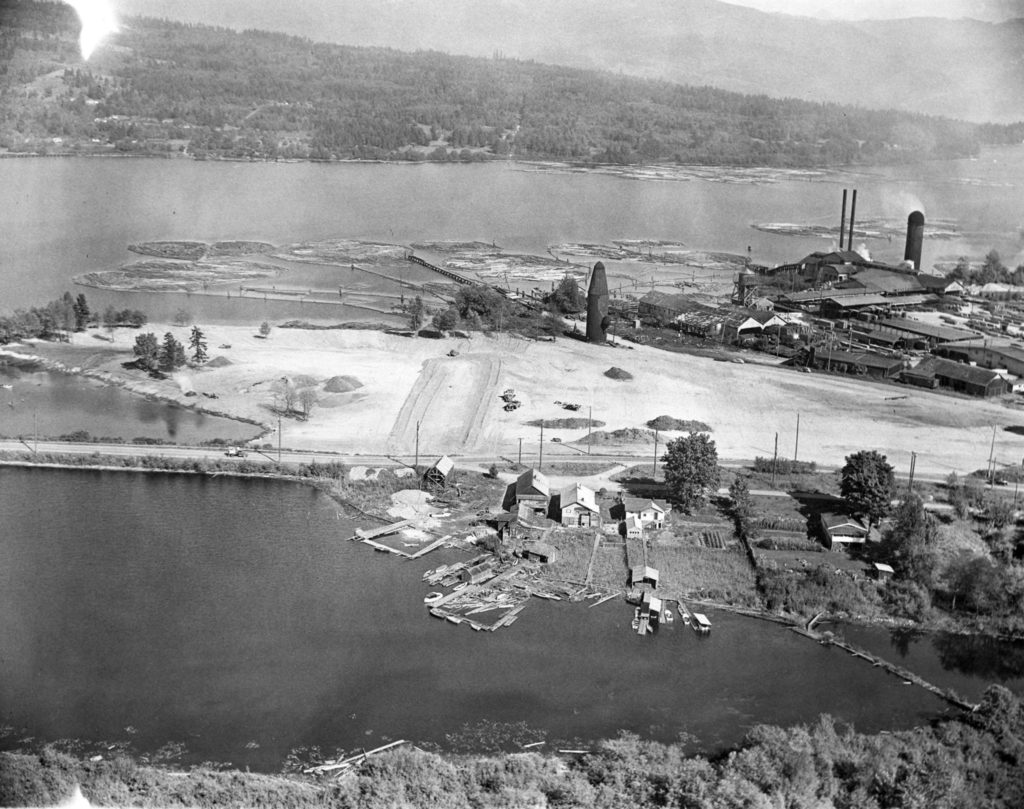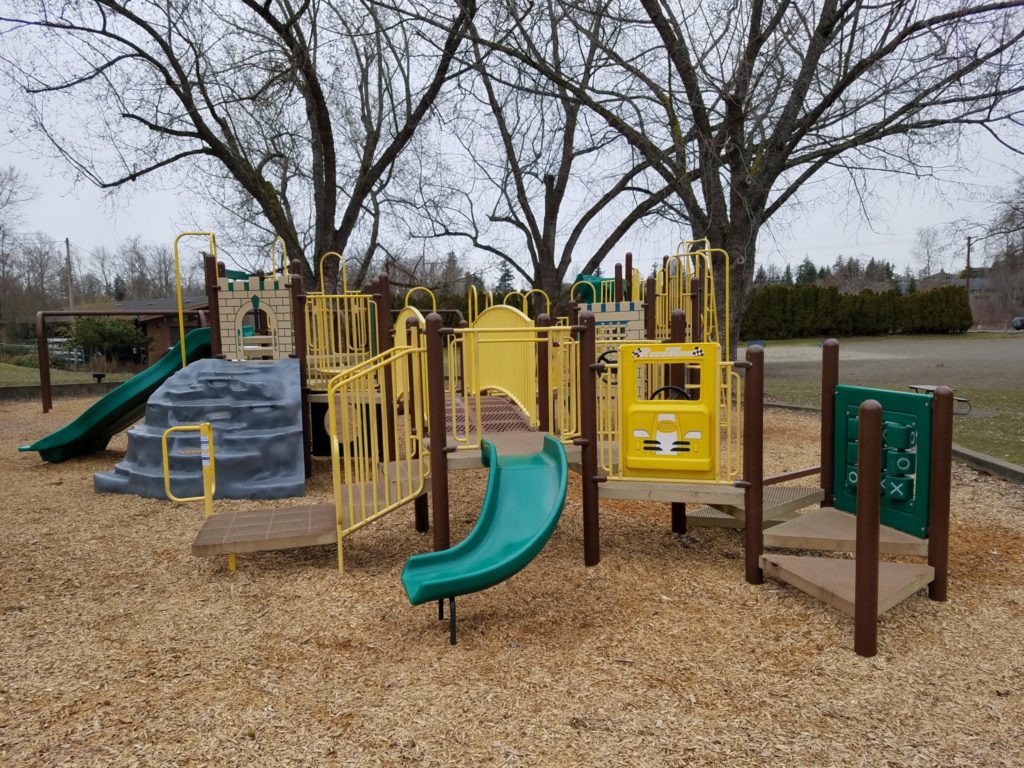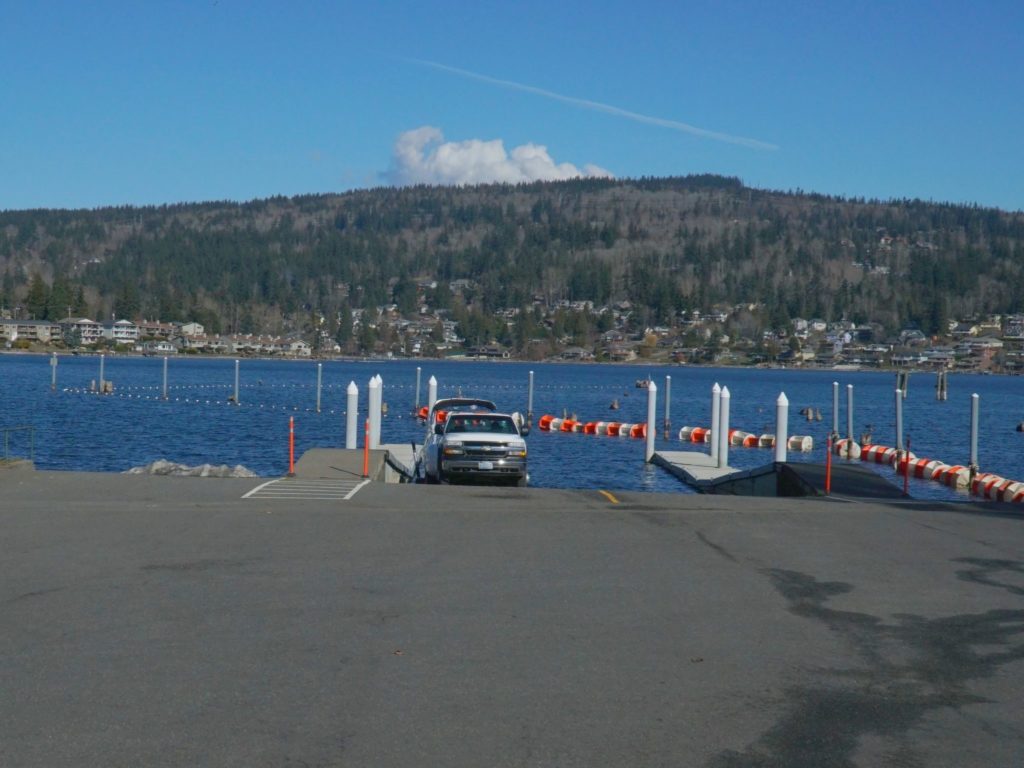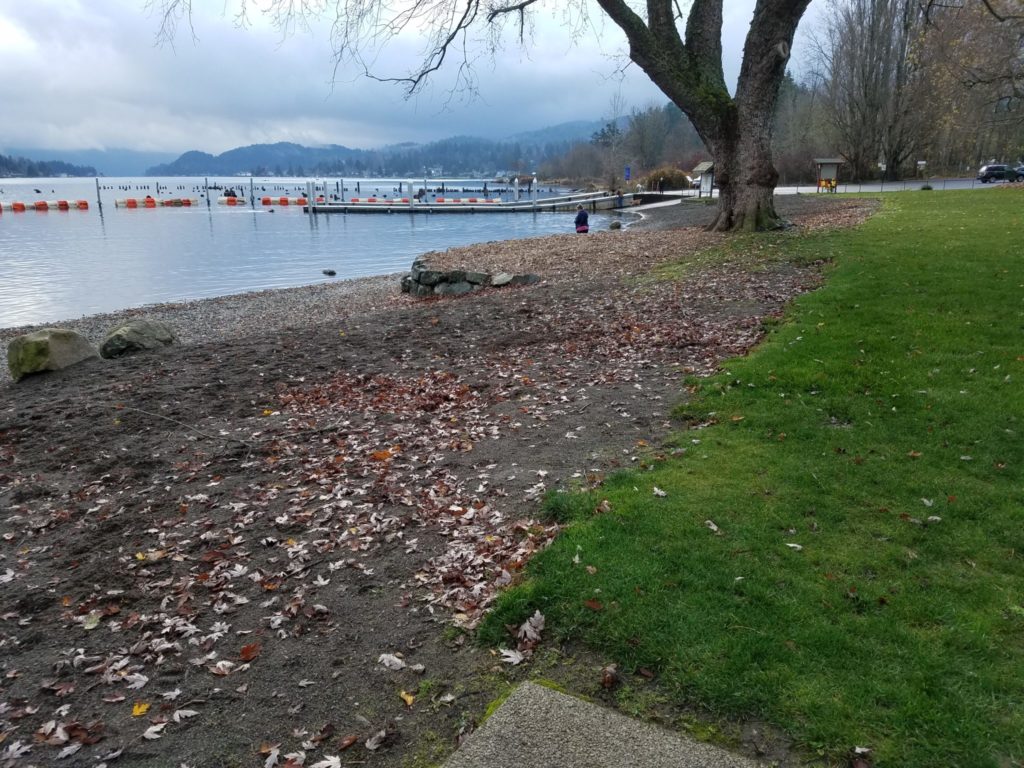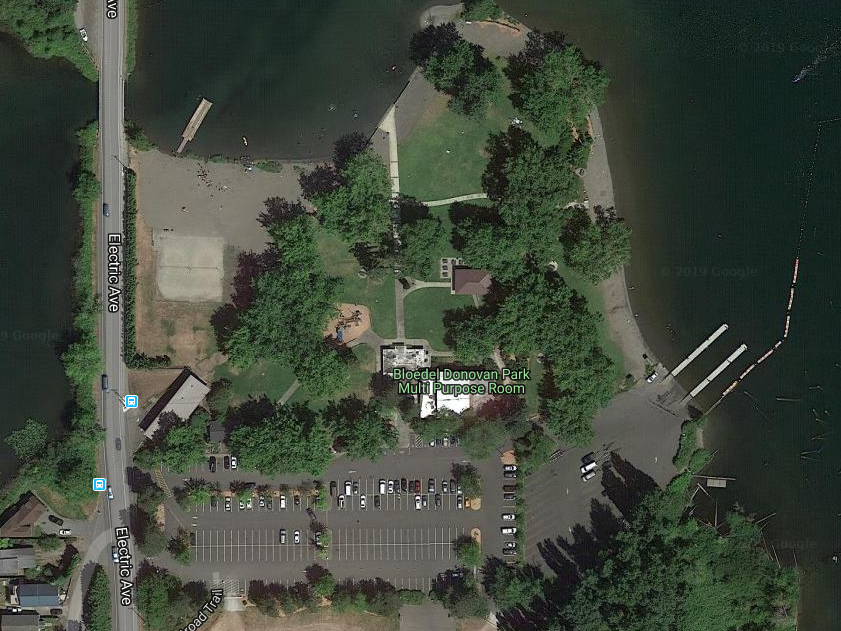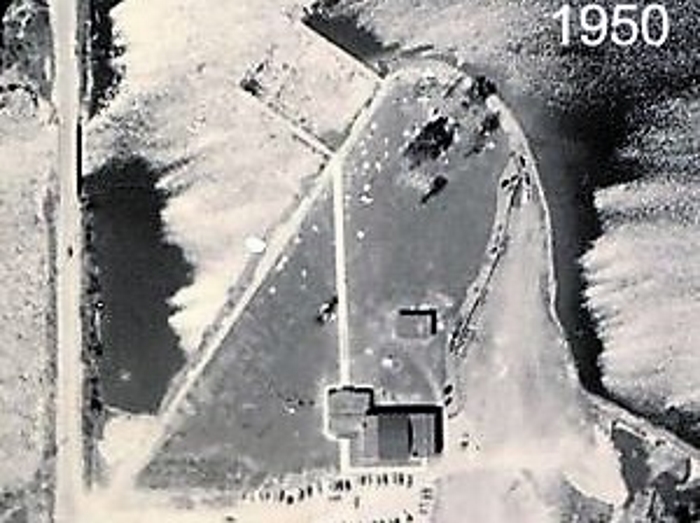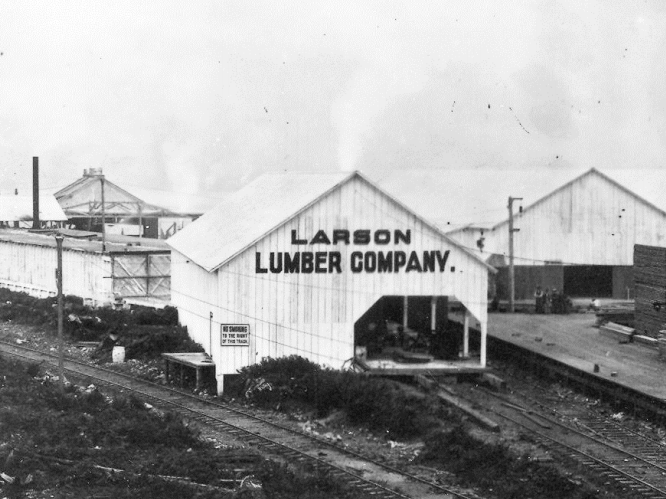The Bloedel Donovan Park Discovery Tour shows how the City of Bellingham is managing stormwater runoff and reducing water pollution in this area. The park is a popular place to interact with our natural environment and the beauty of the shoreline. This tour will introduce you to four uniquely-different types of stormwater facilities: a media filter drain, a pervious concrete sidewalk, a stormwater vault, and a rain garden as well as other interesting features along the way.
approximate distance
0.3
miles
approximate time
30
minutes
Use this button below to open map in Google Maps or skip map
B
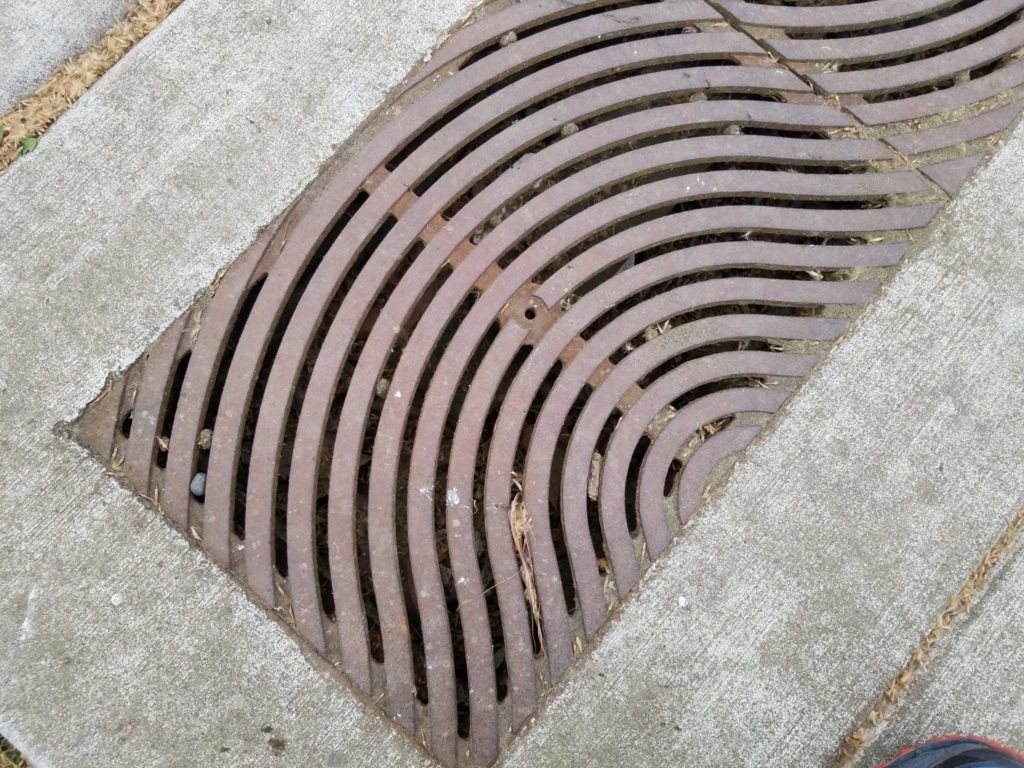
C
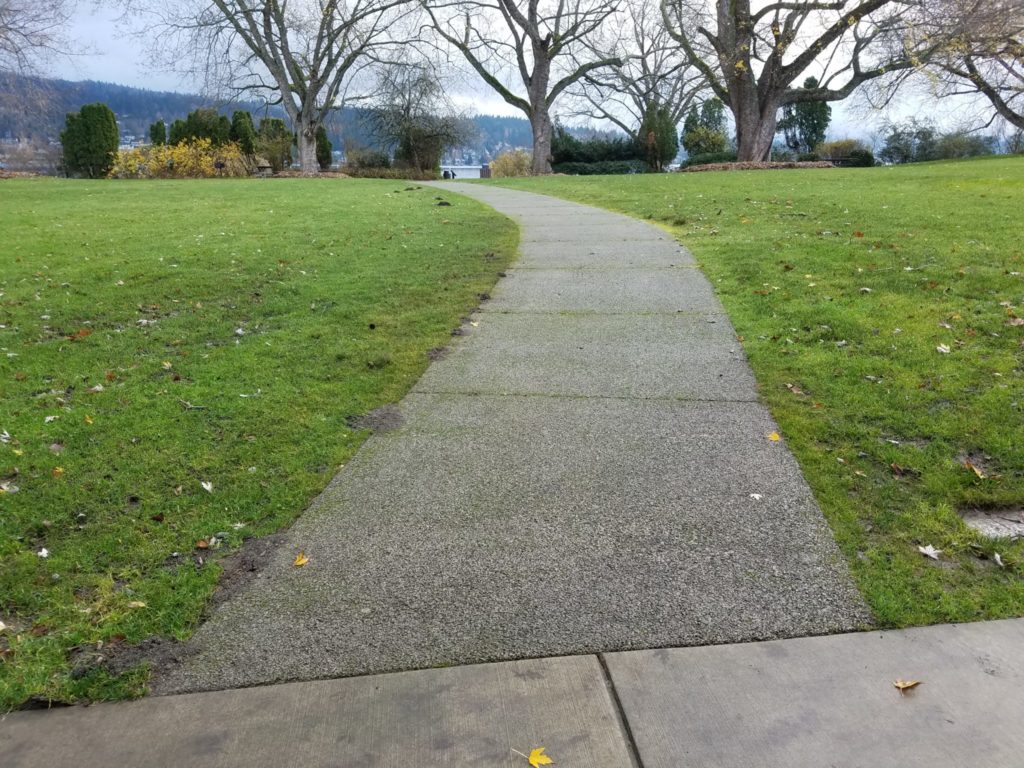
image gallery
select any photo to see a slideshow
